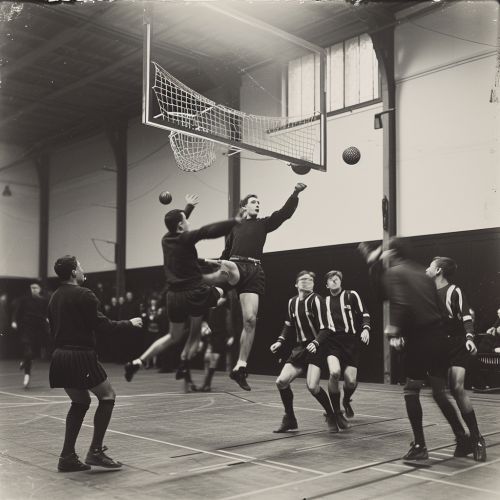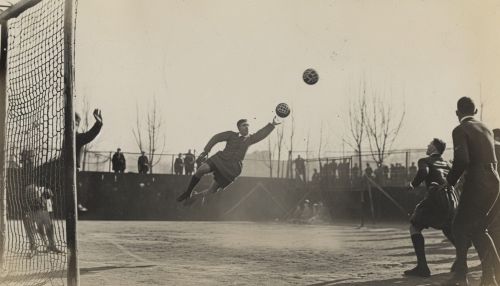Korfball
History
Korfball originated in the Netherlands in 1902, created by Nico Broekhuysen, a Dutch schoolteacher. He designed the sport as a mixed-gender game to promote equality and cooperation between sexes. The sport quickly gained popularity and spread across Europe, eventually reaching global recognition with the formation of the IKF in 1933.


Gameplay
Korfball is a ball sport with similarities to netball and basketball, but with its unique rules and mixed-gender teams. The objective of the game is to throw a ball through a korf (Dutch for basket) that is placed on a 3.5-meter high pole. The team that scores the most goals wins the game.
Field and Equipment
Korfball is played on a rectangular field, divided into two equal halves known as zones. Each zone has a korf placed on a pole at one end. The ball used in korfball is round and similar in size to a soccer ball.
Teams and Positions
Each korfball team consists of eight players, four males and four females. The team is divided into two sections, each containing two males and two females. One section plays in the attack zone and the other in the defense zone. The positions in korfball are not fixed and players switch roles between attack and defense after every two goals scored.
Rules and Regulations
Korfball is governed by a set of rules that promote cooperation and fair play. One of the unique rules in korfball is the "defender rule", which states that a player cannot attempt a shot if an opponent of the same sex is defending them closely. This rule encourages strategic passing and movement to create scoring opportunities.
Korfball Worldwide
Korfball is played in over 60 countries worldwide and is governed by the IKF. The sport is most popular in the Netherlands and Belgium, but has seen significant growth in Asia and Africa in recent years. The IKF organizes the Korfball World Championship every four years, with the Netherlands being the most successful nation in the tournament's history.
